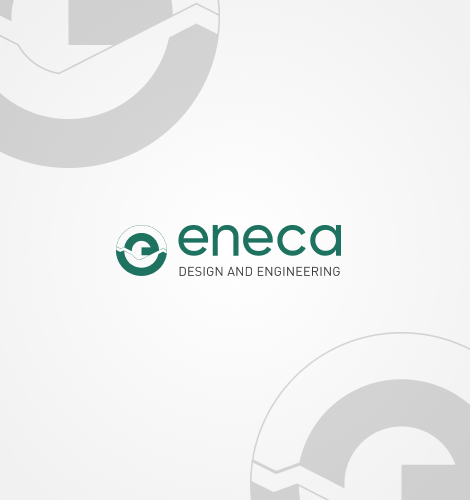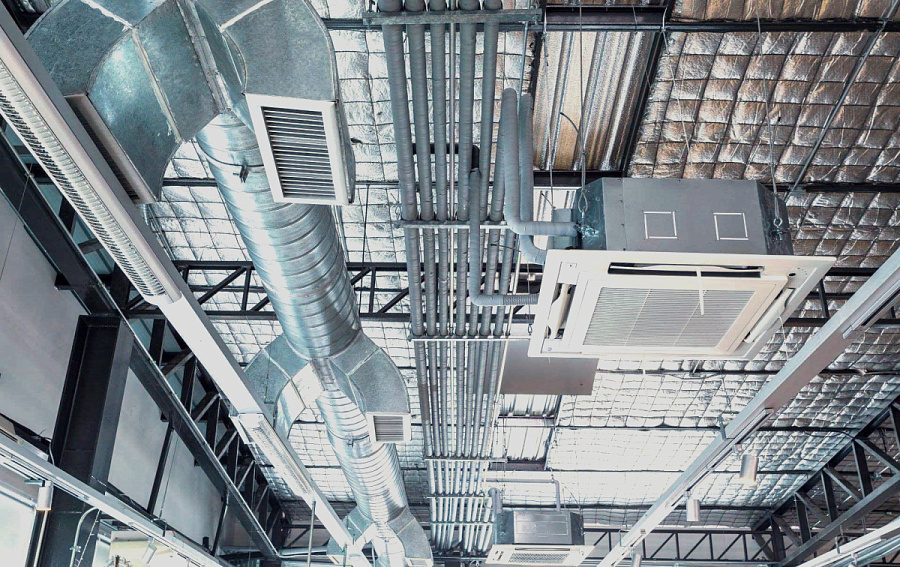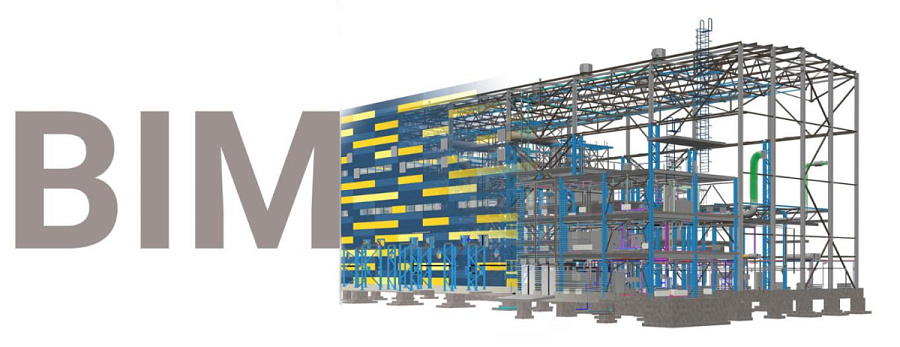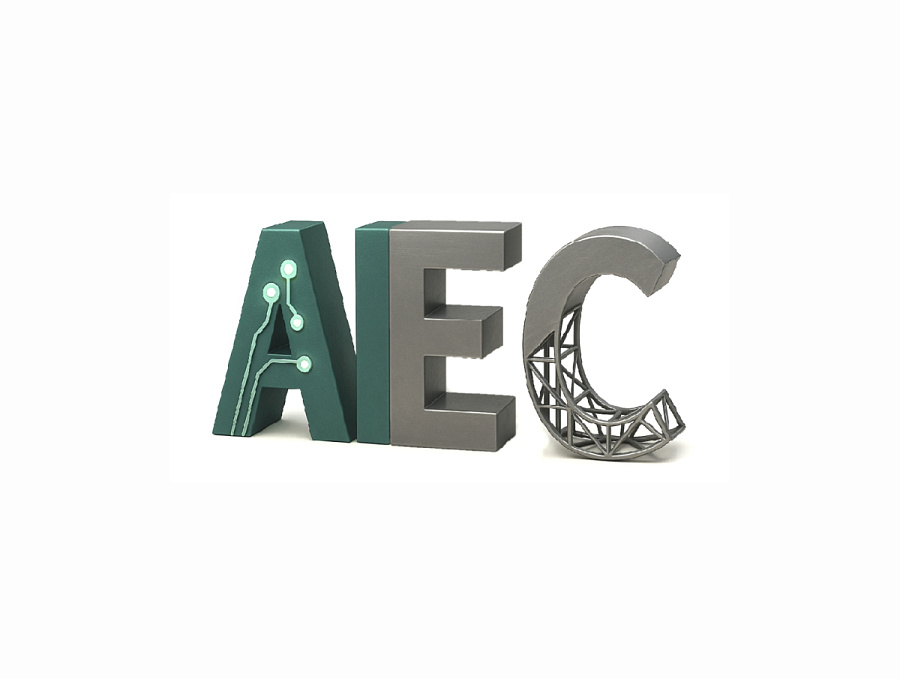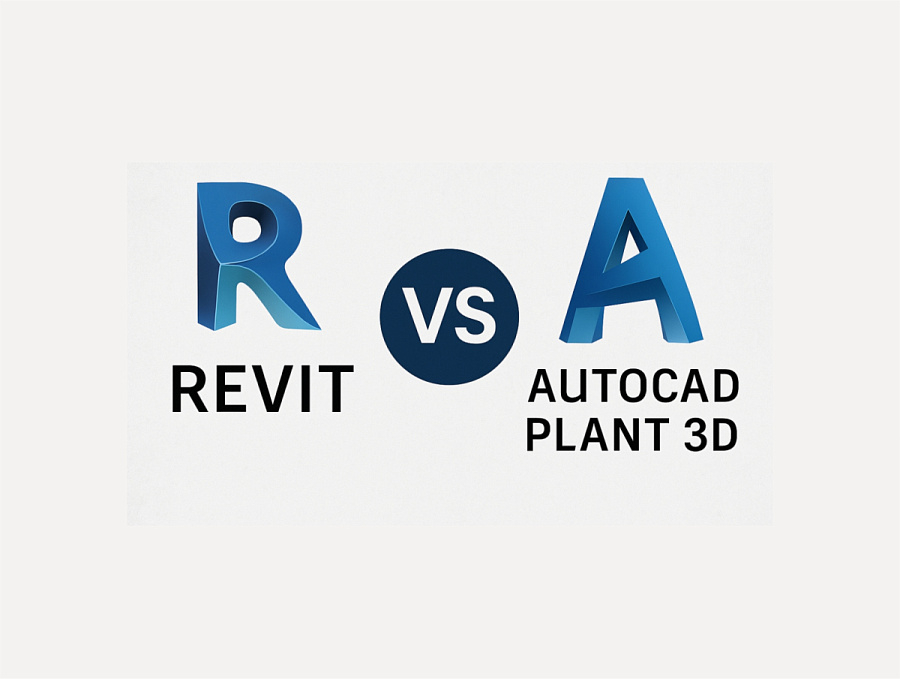Benefits of VDC for development and construction company
Category
BIM
Date
05.12.2024
Author
Eneca
Share
What are the benefits of VDC for development and construction company?
4D and 5D create a transparent construction process through from planning to facility management.VDC (Virtual Design and Construction) - is a combination of techniques and tools to improve the quality of construction project management. VDC is the process of applying 3D BIM data for efficient construction planning, cost management, resource management, procurement management, budgeting and the open collaboration between all involved parties.
The VDC model is an all-in-one solution that enables architects, engineers, builders and managers to solve easily the tasks of design, planning, financial allocation, resourcing, risk management and logistics.
A fundamental and essential part of VDC is BIM (Building Information Modelling). As the project advances, the 3D model is updated with information on construction time (4D), cost (5D) and performance (6D).
4D = 3D + time
4D modelling combines a 3D model of an object and its calendar work schedule, thereby indicating the existence of certain elements within a particular point in time.
4D allows you to visualise the construction process and thereby eliminate shortcomings at every stage.
5D = 4D + money
5D modelling is the process of cost estimating based on a BIM model of the building. The model serves as a source of information on work and material quantities, which are automatically calculated by the software.
5D allows you to track the financial flow over time, see how much money is needed for each construction phase and effectively control the cost of the project.
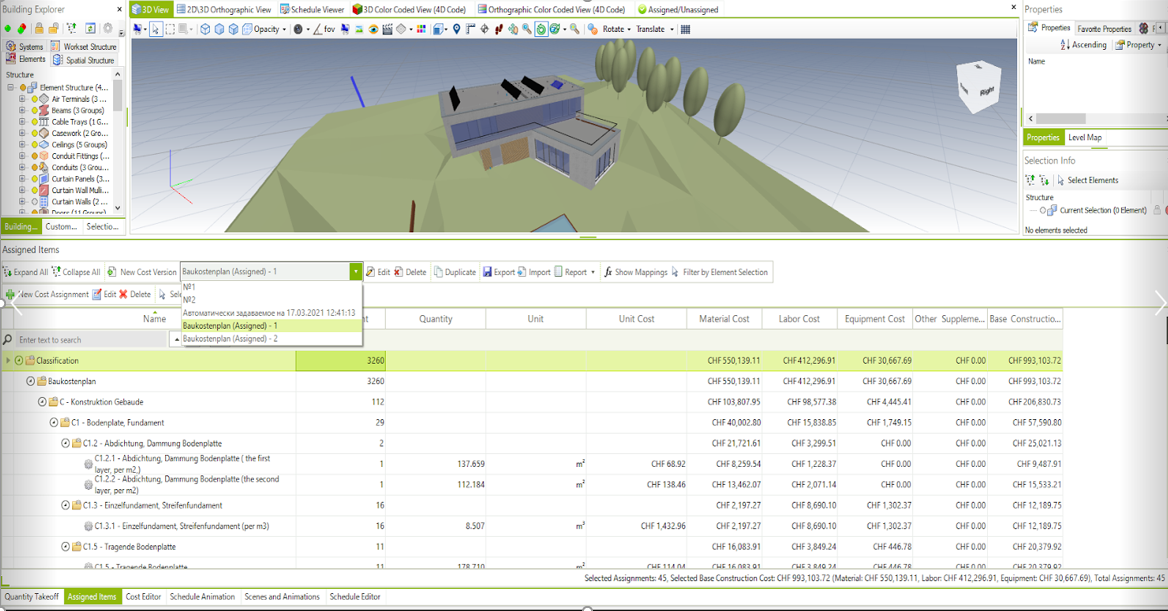
Benefits of VDС:
- Visualisation of the construction process to identify opportunities for faster and cheaper work performance and for its analysis
- Overview of the cost and erection/installation time of any individual element of the model or group of structures
- Precise determination of the quantities and costs of construction and assembly works by minimising the human factor (mistakes)
- Qualitative analysis of costs and scope of work for different project options
- Minimising design changes during construction
- Precise budgeting for the construction and installation work

